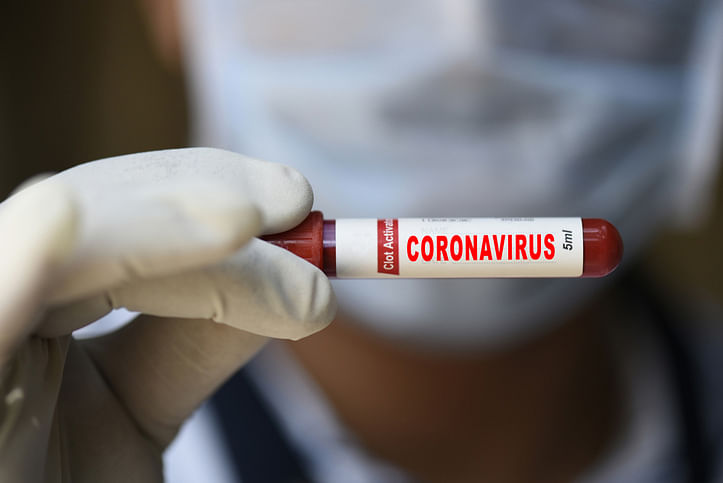
With more than 6,000 COVID-19 cases recorded for the fourth consecutive day, India on Sunday bracketed itself among the world's top 10 countries with the maximum number of novel coronavirus infections.
The number of total cases in India is in excess of 1,37,000, whereas death toll has crossed the 4,000 mark.
On the number of active cases, India with over 75,700 cases, stands fifth after the USA, Russia, Brazil and France.
Globally, the number of active cases are in excess of 28 lakh, out of which, more than 11 lakhs are in the USA.
The surge happened during the 61-days of lockdown - announced by the Prime Minister Narendra Modi on March 24 at 8 PM, giving a country of 133 crore people only four hours notice - during which lakhs of migrant labourers moved from one place to another.
The two months of shutdown were also punctuated by super spreading incidents like the Tabilghi Jamaat congregation in New Delhi as well as spread from Koyambedu Wholesale Market Complex in Chennai that took the infections to many places in Tamil Nadu, Kerala and Andhra Pradesh.
Asia's biggest slum, Dhravi has now emerged as a problem area. On Sunday, Maharashtra reported more than 3,000 cases in a day for the first time.
However, not everything is bleak. A disease prediction model run by scientists at the Institute of Mathematical Sciences in Chennai recorded a lower R value even after relaxation of the lockdown, suggesting a drop in the disease growth rate.
R, (reproduction number) is the number of persons that one infected person can spread the infection to. R value of 1.9 means that 10 infected persons will on average cause 19 new infections.
Till about a week, India's R value was in the range of 1.3. But when the model was run on May 20 - after the announcement of lockdown 4.0 - the scientists were pleasantly surprised - instead of going up due to the relaxation, the R value has declined.
"When I last evaluated it on May 20, the R seemed more like 1.22 (with an error margin of 0.04). This is really surprising. I was actually expecting it to go up following the relaxation of the lockdown," Sitabhra Sinha, IMSc professor who worked on the model told DH.
